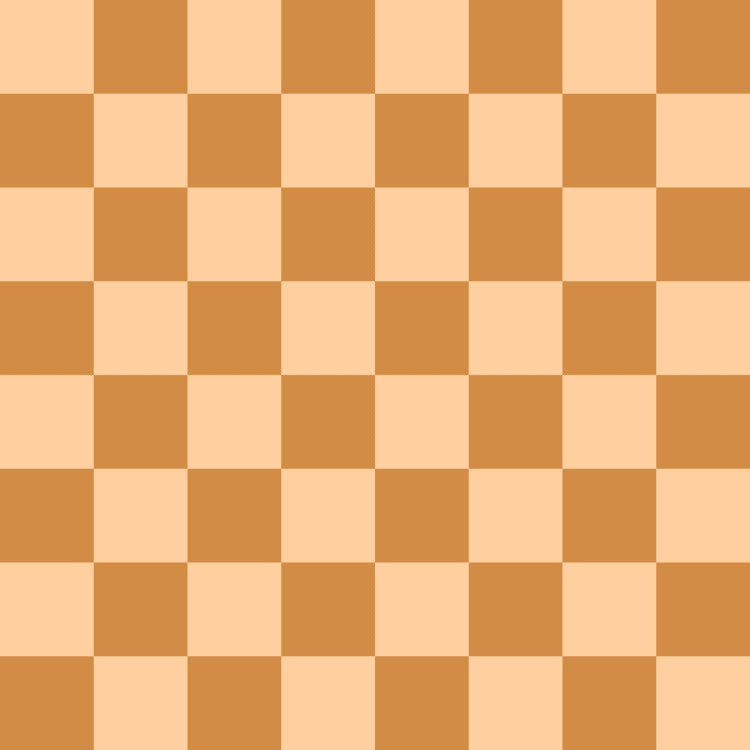a b c d e f | b c d e f g | |
 | ||
The Halloween Gambit (also known as the Müller–Schulze Gambit or Leipzig Gambit) is an aggressive chess opening gambit in which White sacrifices a knight early on for a single pawn. The opening is an offshoot of the normally staid Four Knights Game and is defined by the moves:
Contents
- 5Ng6 retreat
- 5Nc6 retreat
- Main line 6Ne5
- Pinskis 6Bb4
- Halloween Gambit with colors reversed
- Illustrative games
- References
The theoretician Oskar Cordel reported in 1888 that Leipzig club players used the opening to dangerous effect, but he did not believe it was sound. Their name for it, Gambit Müller und Schulze, was not after any players by those names, but rather a jocular German equivalent of "Smith and Jones", or, "Tom, Dick, and Harry". The modern name "Halloween Gambit" was given by the German player Steffen Jakob, who explained that "Many players are shocked, the way they would be frightened by a Halloween mask, when they are mentally prepared for a boring Four Knight's, and then they are faced with Nxe5".
White's objective is to seize the center with pawns and drive back Black's knights. After 4... Nxe5, White usually plays 5. d4 (5.f4 does nothing for his development), after which Black can retreat the attacked knight to either g6 or c6.
5...Ng6 retreat
When Black retreats 5...Ng6, White chases the f6-knight with 6.e5. Then after 6...Ng8 7.Bc4, former world champion Max Euwe recommended 7...d5 8.Bxd5 c6, contending in volume 11 of his opening series that Black has a decisive advantage.
Instead of holding on to the extra piece with the usual 6...Ng8, a more logical continuation according to Eric Schiller is 6...Bb4, giving Black the better game after 7.exf6 Qxf6 with a lead in development and pressure in the center.
5...Nc6 retreat
When Black retreats 5...Nc6, White chases the knight again with 6.d5. Then Black has 6...Ne5 (the Main line), or 6...Bb4 (Pinski's move).
Main line 6...Ne5
After 6...Ne5, White chases again with 7.f4. Then after 7...Ng6 the game usually continues 8.e5 Ng8 9.d6, completing the most commonly seen sequence in the Gambit (see diagram). In this position White is on the attack, and his attack will generally persevere (with tactics such as Nb5 after a pawn trade at d6).
Pinski's 6...Bb4
GM Larry Kaufman wrote in 2004 that the Müller–Schulze Gambit is refuted by 4...Nxe5 5.d4 Nc6 6.d5 Bb4! 7.dxc6 Nxe4 8.Qd4 Qe7, which he attributes to the Polish IM Jan Pinski. In 2003 Pinski analyzed 9.Qxg7 Nxc3 10.Be3 Nd5+ 11.c3 Rf8 12.cxb4 Nxe3 13.fxe3 Qxb4+, concluding "Black is very close to winning". After the alternative 9.Be3 0-0 10.Bd3 Nxc3 11.bxc3 Ba5 12.0-0 Bb6 13.Qf4 Bxe3 14.fxe3 dxc6, Black had a superior pawn structure in Gaillard–Platel, France 2003 (0–1,30). Black can also play 9...f5. The game Sigfusson (2288)–Bellin (2381), Reykjavik 2009, continued 10.cxd7+ Bxd7 11.Be2 Bc5 12.Bh5+ Kd8! 13.Qd3 (13.Qd5 Bxe3 14.fxe3 Nxc3 15.bxc3 Qh4+ 16.g3 Qxh5 17.Rd1 Qe8 18.Qxb7 Qxe3+ 19.Kf1 Qe4−+) 13...Bxe3 14.Qxe3 Nxc3 15.Qxe7+ Kxe7 16.bxc3 Bc6 when Black had the better endgame and won in 52 moves.
Halloween Gambit with colors reversed
A similar gambit can be tried by Black: after 4.g3, Black can play 4...Nxe4!? This line is arguably sounder than its White counterpart because White's 4.g3 has weakened his f3-square. Moreover, White cannot play the line recommended by Kaufman with colors reversed, because 5.Nxe4 d5 6.Nc3 d4 7.Bb5? dxc3 8.Nxe5? Qd5 9.Qe2? loses to 9...Qxh1+. However, with the pawn on g3, Nh4 is possible and it should be easier to castle.
Illustrative games
The following speed chess games show what can befall an unprepared player of the black pieces:
1. e4 e5 2. Nf3 Nc6 3. Nc3 Nf6 4. Nxe5 Nxe5 5. d4 Ng6 6. e5 Ng8 7. Bc4 c6 8. Qf3 f6 9. 0-0 d5 10. exd6e.p. Bxd6 11. Ne4 N8e7? 12. Qxf6!! gxf6? 13. Nxf6+ Kf8 14. Bh6# 1–0
1. e4 e5 2. Nf3 Nc6 3. Nc3 Nf6 4. Nxe5 Nxe5 5. d4 Nc6 6. d5 Nb8 7. e5 Ng8 8. d6 Nc6 9. Nb5 cxd6 10. exd6 Bxd6? (10...Qf6) 11. Qxd6 Qe7+ 12. Be3 Qxd6 13. Nxd6+ Kf8 14. Bc4 Ne5 15. Bb3 Ne7 16. 0-0-0 f6 17. f4 Ng4 18. Rhe1 (threatening 19.Bc5 and 20.Nxc8 Rxc8 21.Rxd7) 1–0
The next game, played in a Halloween Gambit thematic tournament, won the prize for the most spectacular game won by White
1. e4 e5 2. Nf3 Nc6 3. Nc3 Nf6 4. Nxe5 Nxe5 5. d4 Ng6 6. e5 Ng8 7. Bc4 Bb4 8. Qf3 f6 9. 0-0 Bxc3 10. bxc3 d5 11. exd6e.p. cxd6 12. Ba3 N8e7 13. Rfe1 Qc7 14. Bb3 Kd8 15. c4 Bd7 16. Rad1 Qc6 17. Qc3 a5 18. d5 Qc7 19. c5 b5 20. Qd2 b4 21. cxd6 Qxd6 22. Bb2 a4 23. Bc4 Ke8 24. a3 Ne5 25. Ba2 b3 26. cxb3 axb3 27. Bxb3 Kf7 28. f4 N5g6 29. Re6 Qxf4 30. Qe2 Qb8 31. Ba2 Qa7+ 32. Kh1 Kf8 33. d6 Ng8 34. Qc4 Nh6 35. Bxf6! gxf6 (35...Bxe6 36.Qxe6 gxf6 37.Qxf6+ Nf7 38.d7 mates shortly) 36. Rxf6+ Ke8 (36...Kg7 37.Qc3) 37. Rxg6 hxg6 38. Qc3 Rh7 39. Qf6 Ba4 40. Qxg6+ Nf7 41. Rf1 Bc2 (41...Bc6 42.Bxf7+ Qxf7 [42...Rxf7 43.Qg8+ Kd7 44.Rxf7+] 43.Rxf7 Rxf7 44.Qg8+ Kd7 [44...Rf8 45.Qe6+ Kd8 46.Qe7+ Kc8 47.Qc7#] 45.Qxf7+ Kxd6 46.h4+−) 42. Qxc2 1–0
